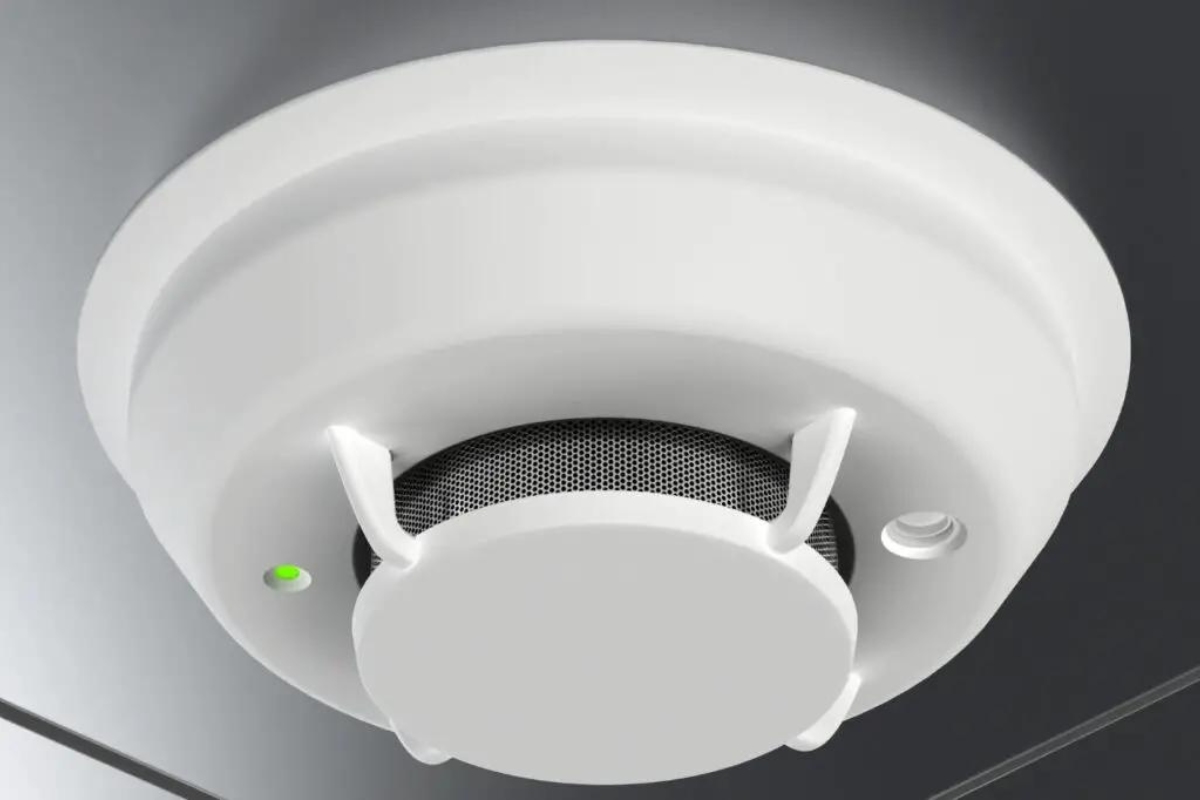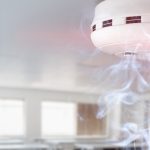I. Introduction
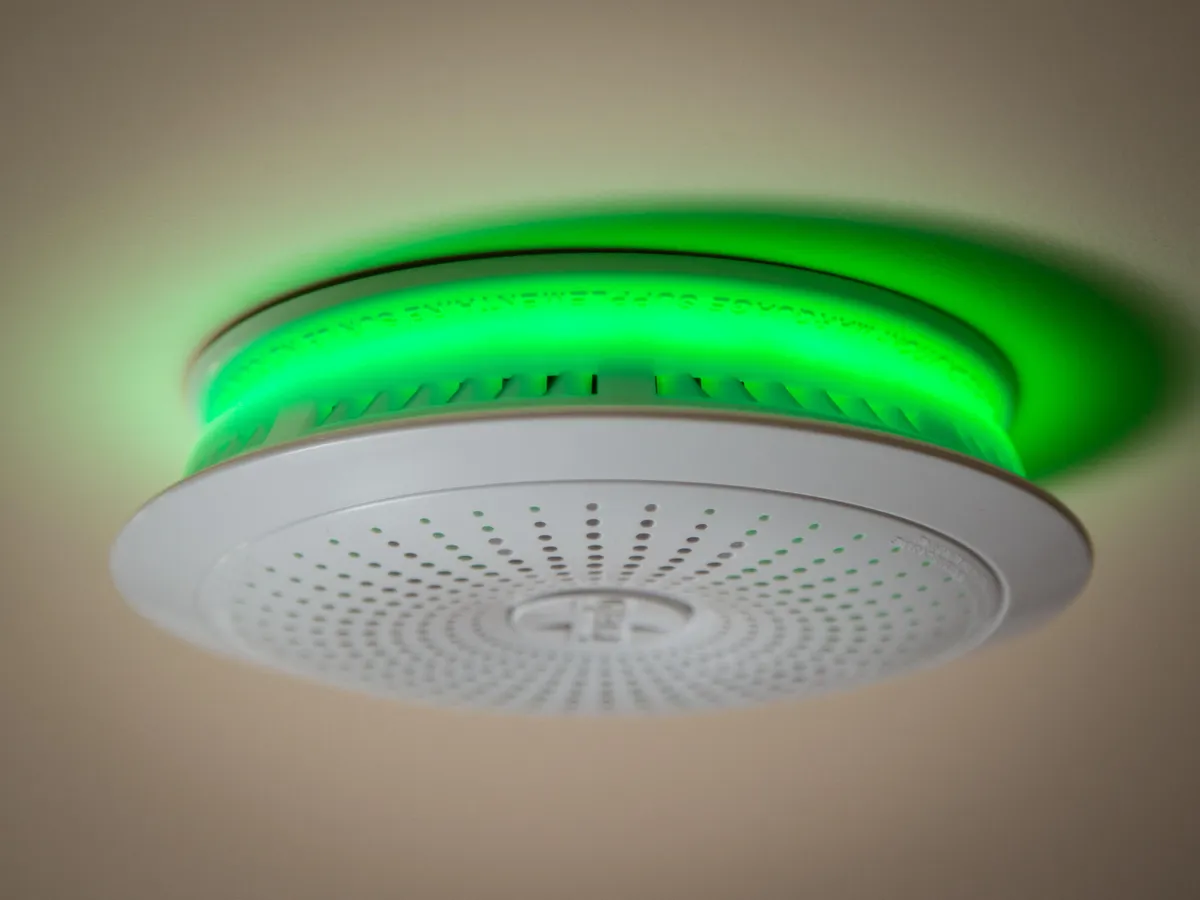
A functioning smoke alarm is a crucial component of fire detection and prevention systems in homes and commercial buildings. Its primary purpose is to detect the presence of smoke and alert occupants, giving them precious seconds to escape from a potentially life-threatening situation. The unexpected activation of a smoke alarm can cause confusion and distress, leading to a disruption in daily activities or unnecessary evacuations. In this blog post, we will explore the possible causes of random smoke alarm activation and discuss potential solutions to prevent such occurrences.
II. Exploring Possible Causes for Random Smoke Alarm Activation
A. Environmental Factors
- Steam and smoke generated from cooking triggering the alarm
One possible cause of the unexpected activation of a smoke alarm is steam and smoke generated from cooking. Smoke can be produced while frying, grilling, or broiling food, and if the smoke alarm is placed too close to the kitchen, it may detect the smoke and sound the alarm. To avoid this situation, it is recommended to install the smoke alarm at least 10 feet away from cooking appliances.
- Dense steam from hot showers or baths setting off the alarm
Another environmental factor to consider is the presence of dense steam from hot showers or baths. The steam can mimic smoke particles and activate the smoke alarm. To address this issue, installing a bathroom-specific smoke alarm, designed to differentiate between steam and smoke, can be an effective solution.
- Dust or insects interfering with the smoke alarm system
Dust accumulation or the presence of insects can interfere with the functioning of a smoke alarm, leading to false alarms. Regular maintenance, including cleaning the smoke alarm at least once a year and ensuring it is free from dust and insect infestations, is necessary to prevent such disruptions.
B. Potential Electrical Issues
- Loose electrical connections or wiring problems causing false alarms
Faulty electrical connections or wiring issues can also lead to random smoke alarm activation. Loose connections or damaged wiring may cause an intermittent current flow, tricking the smoke alarm into sensing smoke particles and triggering the alarm. It is essential to regularly inspect the electrical connections of the smoke alarm and fix any issues promptly to avoid false alarms.
- Low battery or battery malfunction leading to random activation
Smoke alarms are typically battery-operated or have a backup battery in case of a power outage. If the battery is low or malfunctioning, it may cause the smoke alarm to beep or sound randomly. Checking the battery regularly and replacing it when needed is crucial to ensure the smooth functioning of the smoke alarm.
III. Troubleshooting and Solutions
A. Addressing Environmental Factors
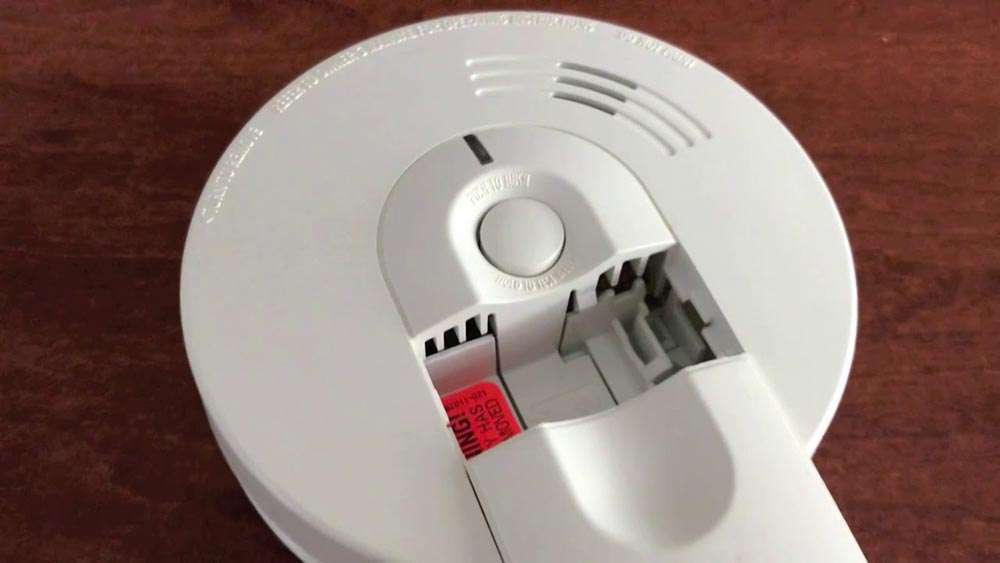
Preventing cooking-related false alarms
Cooking can often trigger false alarms in smoke alarms due to the release of smoke, steam, and heat. To minimize such instances, it is important to take preventive measures:
- Proper ventilation while cooking: Ensure there is adequate ventilation in your kitchen by opening windows or turning on the exhaust fan. This helps to remove smoke and odors from the cooking area.
- Use lids on pans to minimize smoke: When cooking, use lids on pots and pans to reduce the amount of smoke that is released into the air. This can significantly decrease the chances of triggering a false alarm.
- Relocating the smoke alarm away from the kitchen: If false alarms persist despite taking other measures, consider moving the smoke alarm away from the kitchen to a less sensitive location. This will help prevent cooking-related false alarms.
Avoiding steam-triggered alarms
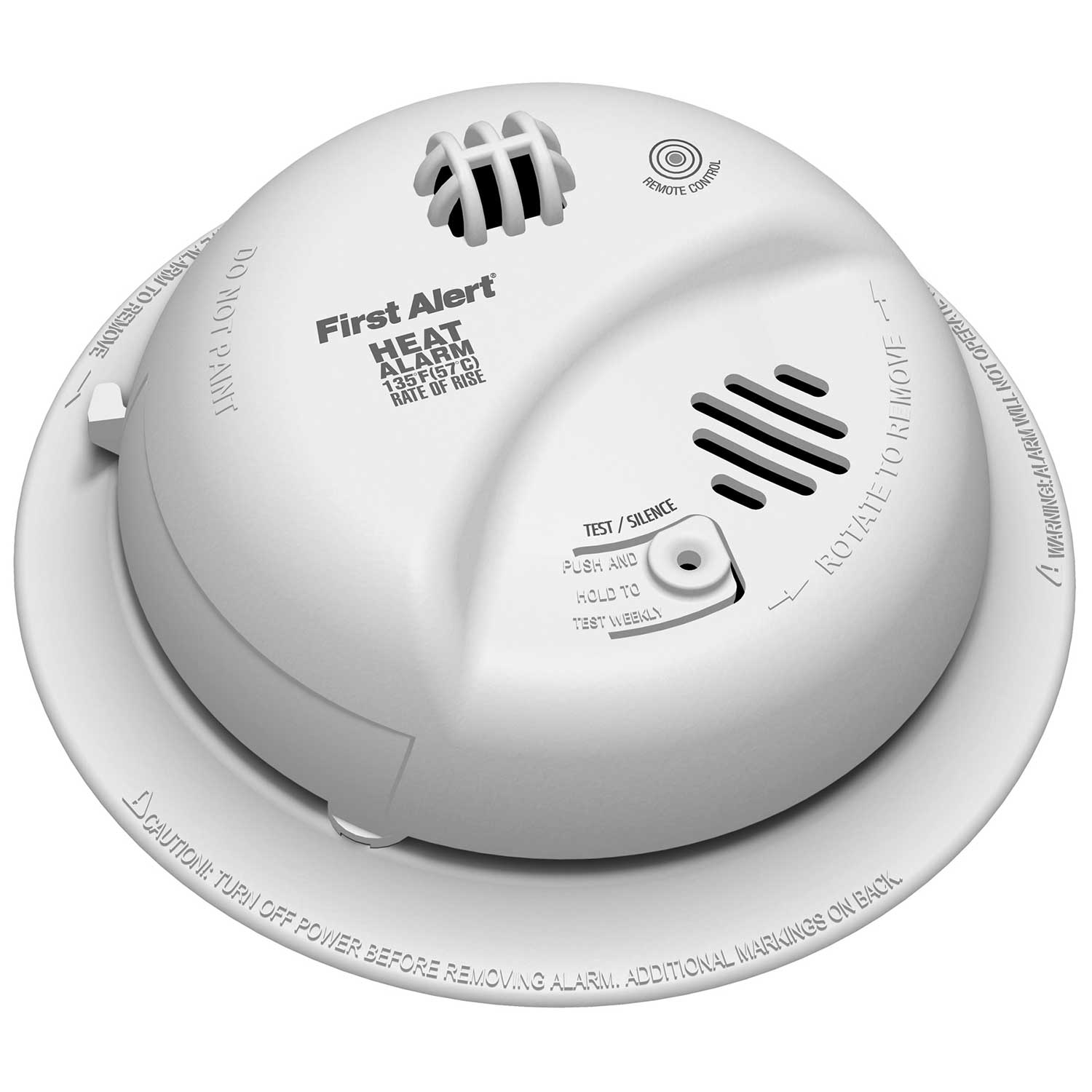
Steam from hot showers or baths can also trigger false alarms in smoke detectors. To avoid this, consider the following solutions:
- Running exhaust fans while bathing or showering: Turn on the bathroom exhaust fan or open a window to ensure proper ventilation. This helps to remove steam and moisture from the bathroom, minimizing the chance of triggering a false alarm.
- Relocating the smoke alarm away from the bathroom: If the steam-triggered alarms persist, it might be necessary to move the smoke alarm further away from the bathroom. However, ensure that it is still within the recommended range for detection.
- Use of a bathroom-specific venting system: Installing a bathroom-specific venting system, such as a ducted exhaust fan, can help remove moisture and steam more effectively. This can further reduce the likelihood of false alarms.
B. Resolving Electrical Issues

Smoke alarms may also experience false alarms due to electrical issues. To address such problems, consider the following steps:
- Checking and tightening electrical connections: Ensure that the smoke alarm is properly connected to the electrical system. Check for loose wires or connections and tighten them if necessary. Faulty electrical connections can cause false alarms.
- Testing and replacing batteries regularly: If your smoke alarm uses batteries, test them regularly to ensure they are in good working condition. Replace batteries as needed, even if they have not expired. Weak batteries can cause false alarms or prevent the alarm from functioning properly.
- Seeking professional help from an electrician for thorough inspection and potential repairs: If troubleshooting efforts have not resolved the issue, it is essential to seek professional assistance. Contact a certified electrician who can conduct a thorough inspection of your smoke alarm system and identify any electrical issues that may be causing false alarms. They can also provide guidance on proper installation and maintenance.
IV. Importance of Professional Assistance
While you can troubleshoot and try various solutions for false alarms, there may be underlying issues that require the expertise of a professional. Here are some reasons why seeking professional help is important:
- Expert analysis: A certified electrician or smoke alarm technician has the knowledge and experience to analyze the root cause of false alarms. They can identify any hidden electrical issues or environmental factors that may be impacting the alarm’s functionality.
- Safety assurance: False alarms can be a sign of a malfunctioning smoke alarm, which can compromise your safety in the event of a real fire emergency. Professionals can ensure that your smoke alarm is functioning correctly and provide peace of mind by reducing the risk of false alarms and increasing overall safety.
- Proper installation and maintenance: Professional assistance is essential to ensure proper installation and regular maintenance of smoke alarms. They can guide you on the correct placement of alarms, recommend suitable models, and conduct periodic inspections to ensure optimal performance.
- Compliance with regulations: Depending on your location, there may be specific regulations or building codes related to smoke alarms. Professionals are familiar with these regulations and can ensure that your smoke alarm system complies with them.
In conclusion, troubleshooting false alarms in smoke alarms involves addressing environmental factors such as cooking and steam, as well as resolving any electrical issues. If the problem persists, seeking professional help is crucial to ensure the safety and effectiveness of your smoke alarm system. Remember, the well-being of you and your loved ones is worth investing in professional assistance to ensure proper functionality of your smoke alarms.

